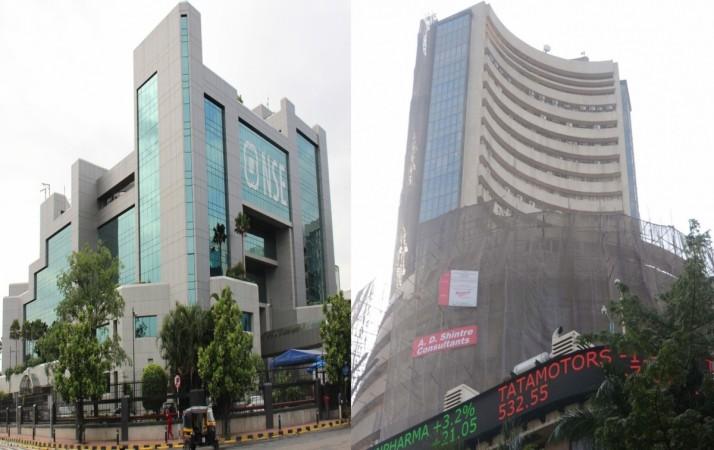
The economic analysts have downgraded the forecast for the Nifty earnings by about 4-5% amid weak performance in the September quarter. Notably, the earnings for both 2018-19 and 2019-20 have also witnessed downgrades.
Tata Motors and Vedanta are the two biggest companies which could report a cut in the earnings. During the September quarter, only a few companies managed to beat the analysts' estimates while other presented a weak picture.
Economic daily, the Financial Express has reported that the weak demand environment has not allowed the companies to transfer the higher input costs to consumers which have eventually led to the weakened operating profit margins.
The Nifty50 companies grew just 6.9% year-on-year based on their net profit. The analyst has predicted that the earnings may rebound in the next two years with only the financial and banking sector leading the recovery.
Analysts at Kotak Institutional Equities highlighted that "We now expect 15% and 26% growth in net profits of Nifty-50 Index for FY19 and FY20 with financials sector accounting for a large portion of incremental profits.''
The numbers for India's Inc have been weak with the fact that Net profits for a sample of 1,851 companies (excluding banks and financials) rose only by percent year-on-year if support from other income is not taken into account while calculating their profits. Despite the fact the top line growth has impressive at 23% y-o-y basis, the corporate performance has been muted.
The high cost of raw materials has put a pressure on the operating margins of the companies and the ratio of raw materials to sales jumped 162 basis points y-o-y.
Moreover, the sum of the ebitda (earnings before interest, tax, depreciation and amortisation) and the wages that are a substitute for gross value add (GVA) showed that the growth in Q2FY19 was just 8% y-o-y, that much slower than the 20% y-o-y increase in Q1FY19.
In the near future, elevated commodity prices, rising interest rates, low levels of job creation and weak private sector capex are expected to hinder the performance of the companies. Likewise, the rural demand could also witness a slow down if the prices of the crop are remunerative












